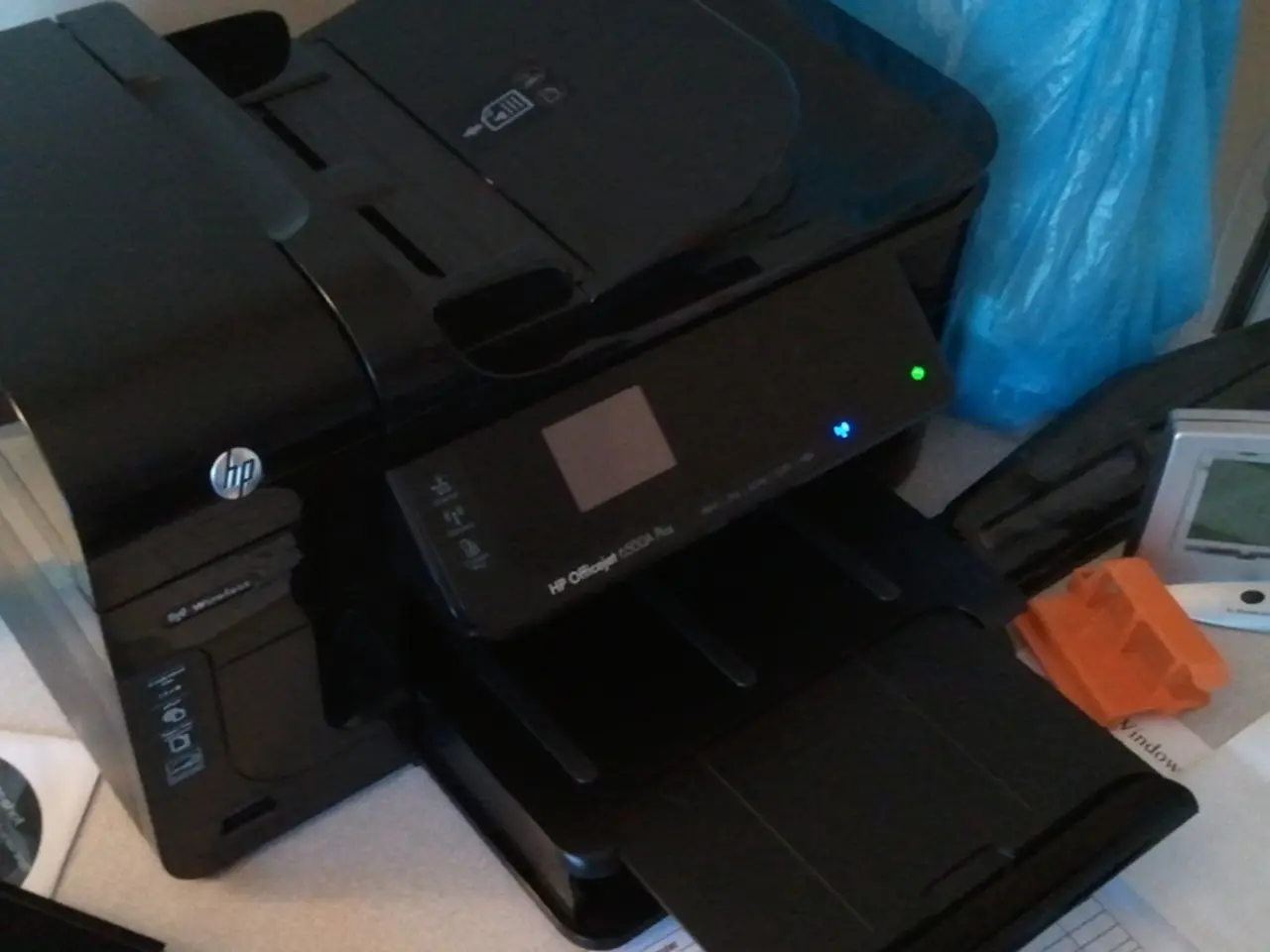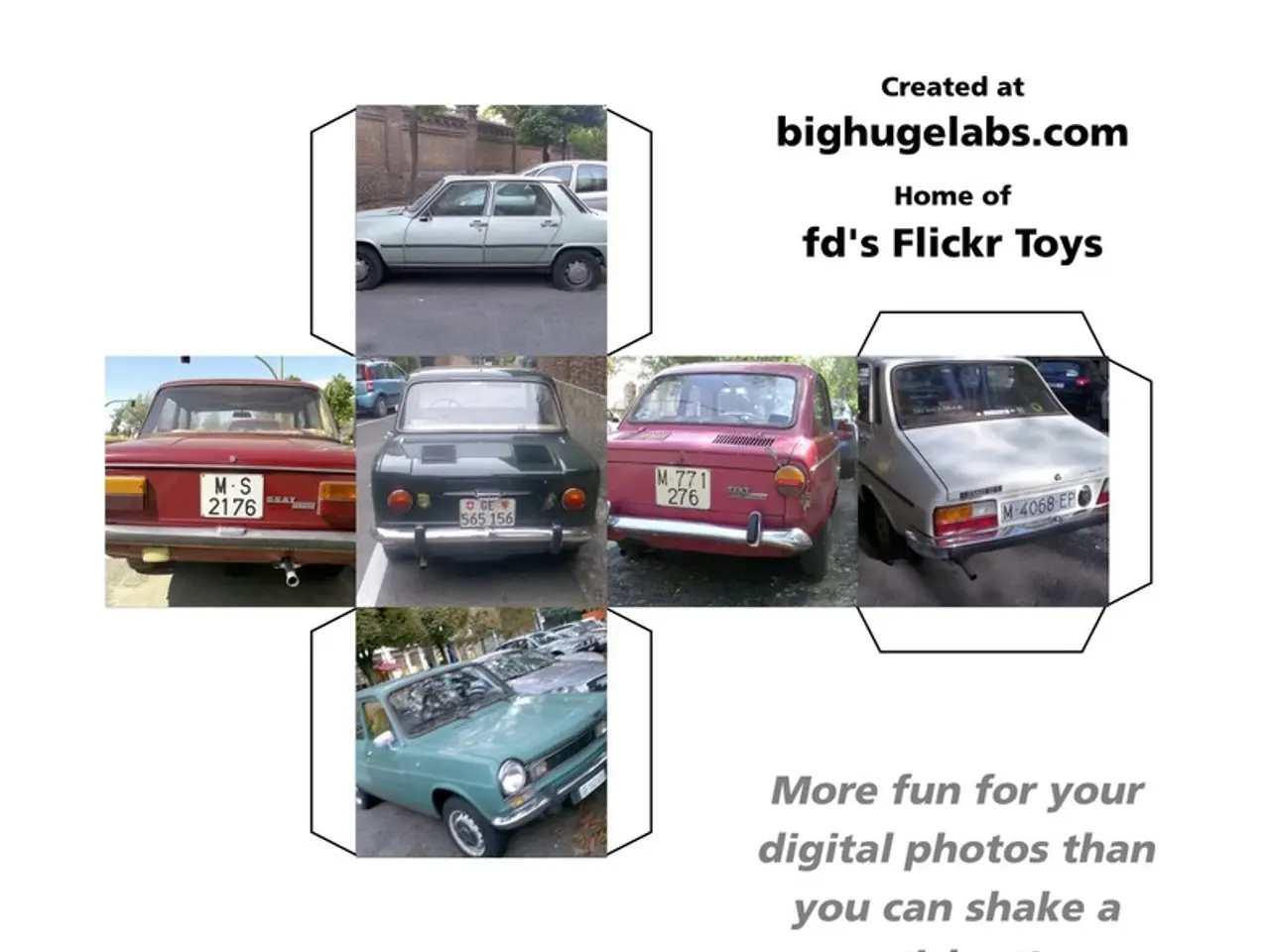Transformed Materials: Ranging from Memory Alloys that Change Shape to Autonomous Polymers that Repair Themselves
In the dynamic world of technology, 2025 marked a significant leap forward in the development and application of smart materials. Two standout innovations, shape memory alloys (SMAs) and self-healing polymers, have transitioned from laboratory curiosities to practical, multi-functional materials powering advancements in various industries.
### Shape Memory Alloys (SMAs)
The production capacity of SMAs surged by 25% in Asia during 2025, mirroring increased demand and market expansion driven by applications in aerospace, automotive, and customised high-performance sectors. These adaptive and shape-shifting materials are now being used in aerospace and automotive engineering to create components that reconfigure or adapt, such as car parts that adjust with temperature changes or airplane wings that shift shape mid-flight to improve aerodynamics and fuel efficiency. Furthermore, SMAs are being developed at the nano scale for wearable healthcare devices, benefiting from advances in nanotechnology that enhance their responsiveness and integration with IoT-enabled monitoring systems.
### Self-Healing Polymers
Self-healing polymers have also seen a surge in popularity, with a 22% rise in patents globally for such materials from 2023 to 2025. These materials no longer just self-heal but also combine sensing and actuation, a significant step forward in their development. Self-healing materials have shifted from experimental to operational use, notably in self-healing concrete. This innovative concrete, embedded with microcapsules containing healing agents or bacteria, autonomously repairs cracks in roads and bridges within weeks, reducing maintenance costs and extending structural lifespan. Field tests in places like the Netherlands and California have validated these benefits.
Researchers are also progressing toward self-healing polymers that mimic biological tissues such as skin or muscle, promising for prosthetics, robotics, and dynamic clothing. These developments enhance wearability and longevity while aligning with sustainability goals.
### Broader Industry and Technological Context
Smart materials, including SMAs and self-healing polymers, are increasingly integrated with AI, IoT, and advanced analytics, improving operational efficiencies by up to 30% across industries. The adoption of these materials supports sustainability mandates by reducing waste, lowering carbon footprints, and enabling lightweight, recyclable, or biodegradable material solutions. The trend leans toward customised smart materials tailored for specific demanding applications such as aerospace components, further pushing market growth and innovation.
In summary, 2025 saw shape memory alloys and self-healing polymers transition into practical, multi-functional smart materials powering innovations in aerospace, automotive, infrastructure, and healthcare. These advancements are supported by advances in nanotechnology, AI integration, and sustainability-driven design. As research in smart materials continues to advance, we can expect to see even more innovative applications and advancements.
- The growth in production capacity of shape memory alloys (SMAs) in Asia during 2025, along with the surge in popularity of self-healing polymers, indicates a trend in the consumer electronics industry, as these smart materials start to power advancements in various sectors, including blog posts on science and technology.
- In the coming years, advancements in nanotechnology and AI integration are expected to further Meliorate the functionality of smart materials like SMAs and self-healing polymers, potentially leading to new consumer electronic devices that incorporate these innovative materials.




